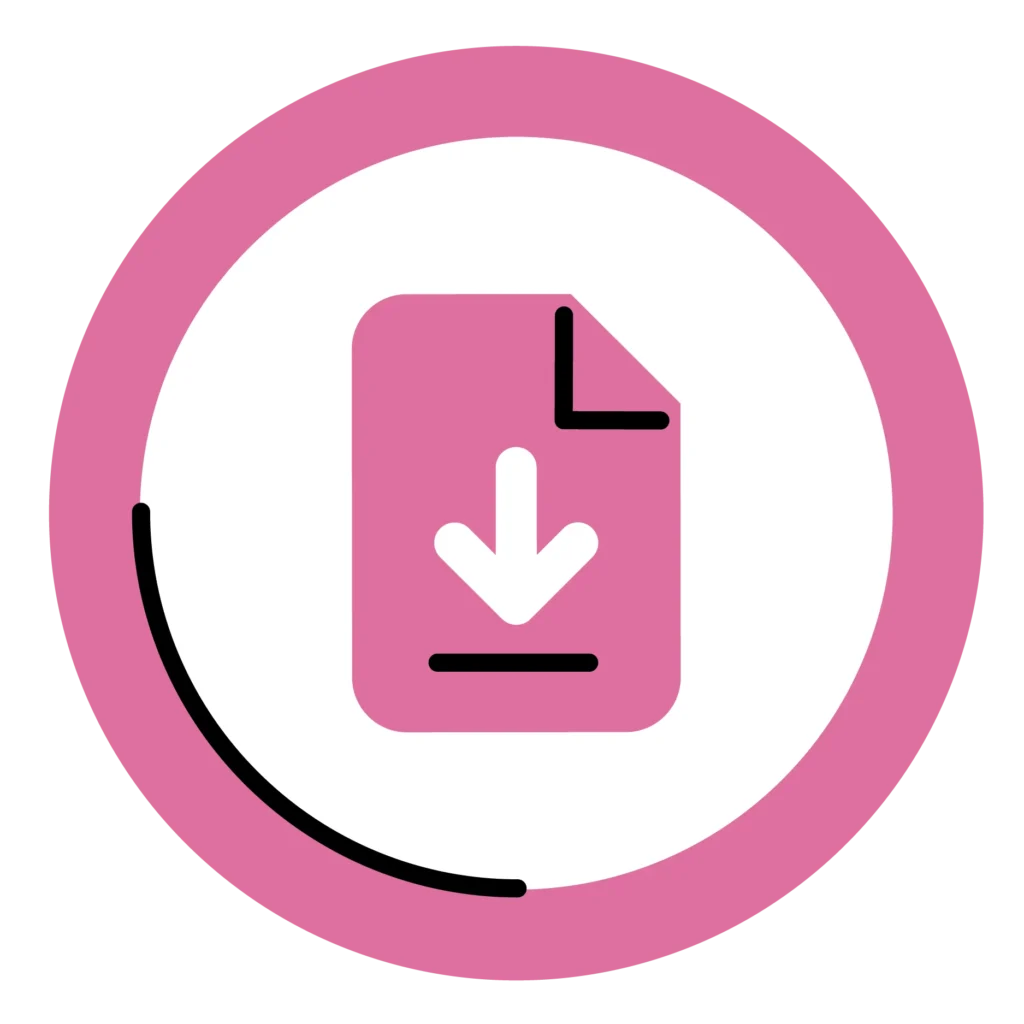
Special Educational Needs (SEN) Support
Home » Parents & Carers » Special Educational Needs (SEN) Support
SEND Support
Children and young people have an entitlement to ‘Universal Provision’ which is the support and provision which is ordinarily available to every child or young person in every educational setting. However, some children and young people do need and require more support, this is called targeted and specialist provision. This support is needs led which means that the child or young person gets the right support in the right place and at the right time. The support may be needed right away or at a point in the future, for short or for extended periods of time.
Every school must publish a SEND Information Report about the SEND provision the school makes. You can find this on the school’s website. You can also ask your child’s teacher or the schools Special Educational Needs and Disabilities Coordinator (SENDCo) for information on the SEN provision made by the school, as an addition to parents evening.
Your child’s progress should be monitored throughout their education. This progress should be reviewed on a termly basis. To review this information, you can arrange a meeting with the school.
All children and young people are entitled to an appropriate education, one that is appropriate to their needs, promotes high standards and the fulfilment of potential.
This should enable them to:
- Achieve their best.
- Become confident individuals living fulfilling lives.
- Make a successful transition into adulthood, whether into employment, further or higher education or training.
(The SEND Code of Practice 2015 6.1)
The Local Offer published by each Local Authority also sets out what support it expects early year’s settings, schools and colleges to make for all children and young people with SEN or disabilities.
The purpose of SEND support is to help children and young people achieve the outcomes of Learning Objectives set for them by the school in conjunction with parents and child/young person themselves.
What does SEND support look like?
- Initiated and monitored peer interactions.
- Access to specialist teachers.
- Sensory or movement breaks.
- Access to therapies.
- Support with personal care such as eating and changing.
- Developing strategies to manage the school environment, such as visual timetables etc.
- Observing your child in class or at break and keeping records.
- Arrangement of external professionals’ involvement such as Educational Psychologists.
- Differentiated curriculum.
- Extra time to complete tasks.
- Access to assistive technology.
- Higher level of support (ranging from verbal prompts to physical interaction such as small group work).
- Scaffolded lesson plans.
- Whole school approach to inclusion.

SEN: A Graduated Approach
SEN support is a four-stage cycle also called the Graduated Approach. It is help that is additional to or different from the support generally given to most children/young people of the same age.
The purpose of SEN support is to help children/young people progress, and should include planning and preparation for the transitions between phases of education and preparation for adulthood.
Where a pupil is identified as having SEN, schools should take action to remove barriers to learning and put effective special educational provision in place.
The SEND Code of Practice, 2015. (6.44)
Assess, Plan, Do and Review Cycle
Review – Regularly discussing whether the support is making a difference and if the plan needs to change.
Assess – Working out your child’s needs and specifically what they need help and support with.
Plan – Planning the support provided by school staff and other professionals.
Do – Planned support is given in school. Your child will need enough time to adapt and see if it works.

This part of the cycle is about working out your child’s needs and what they need help with. Your child doesn’t need any kind of diagnosis to have their needs assessed.
Your child’s teacher(s), support staff and the Special Educational Needs Coordinator (SENCO) do this together, working with you and with your child if possible. Sometimes settings will ask for advice from a specialist teacher or a health professional. They should talk to you about this first.
They will look at things like:
- The teacher’s assessment and experience with your child.
- Your experiences at home, what you think your child’s need are and what are your child or young person’s views.
- The views and ideas of support staff such as your child’s Teaching Assistant (TA).
- Any assessments that have been done both within school and by other services.
- Your child’s progress and how that compares to other children of their age.
- The advice and recommendations from any specialists from outside school, such as an educational psychologist, they should work together with the professionals in school.
Your child’s needs should be reviewed regularly as this will help to make sure that the support they get is well matched. Over time, you’ll also be able to see what things have been tried and how well they worked. This should help everyone to decide what the next step should be. For some types of SEN, the way a child responds to a particular type of support can be the best way of developing a more accurate picture of their needs.
When the staff at your child’s school are deciding whether they need more support, or what type of support that might be, they should look at all the evidence they have. That includes the progress your child is making individually and compared to other children their age. As well as putting specific support in place for your child, school staff should also look at anything that’s stopping your child learning successfully, so these barriers can then be removed wherever possible.
Once your child’s needs have been assessed, the support they need can be planned. You should know what support the staff at school are going to give. That should include the support your child will get from professionals from outside of school, such as enablers or therapists.
Plans should be made in partnership with you and with your child, if that’s appropriate.
You should:
- Agree the outcomes that are important to your child and what progress everyone is expecting including changes in/to academic or developmental progress and behaviour.
- Agree short term targets from these outcomes, which should be specific, measurable, attainable, relevant and timely (SMART).
- Decide what adjustments to school life and rules will be made to meet your child’s needs.
- Plan what interventions and support will be put in place.
- Decide a date when you will meet to review what is working, need changed or is not working/hasn’t worked.
All of the teachers and support staff who work with your child should know what the plan for their support is and what they need to do.
This should be reviewed 3 times per year as a minimum.
This part of the graduated response cycle is the actually doing part, where the support is given day to day and week to week.
Your child’s class or subject teacher is responsible for working with them on a daily basis to give the support. They are also responsible for any support given outside of class, such as small group work or individual support which has been identified.
It’s a good idea to make sure there is a fixed timescale for the support to be given before it’s reviewed. For example, staff might decide to try something for half a term or a term. There needs to be enough time for your child to get used to the support and settle into it. There should also be enough time to realistically see whether it’s making any difference. But, it shouldn’t be so long that you end up wasting lots of time if it isn’t working. Many parents and professionals review support together once a term at a meeting
All those who work with your child should be made aware of their needs, the outcomes sought, the support provided and any teaching strategies or approaches that are required. The SEND Code of Practice 2015. (6.49)
This is the part of the process where you, the professionals and your child think about whether the support is making a difference. This should happen regularly. These are some of the main things to think about when you’re reviewing support:
- Is the support working?
- If it’s making a difference, how much difference?
- Is it happening as it should so is the right person giving the support and have they had any training they might need?
- How is your child reacting to the support and has their behaviour changed for example?
- What does your child think about the support?
Depending on the answers to these questions, your child’s class or subject teacher and the SENCO should adjust the support if needed. That might mean stopping the support and trying something different, changing things a little or a lot or leaving things as they are. You and your child should be involved in those decisions and you can ask for information about how professionals are measuring how successful the support is, so you can feel informed and take part in the discussions.
If your child/young person is still not progressing, or the school is putting in far more support than for most children with SEN, the next step is to consider requesting an Education, Health, Care Needs assessment (EHCNA).
Examples of SEN support
- Making or changing materials and equipment.
- Extra help from a teacher or a learning support assistant.
- Helping a child/young person to take part in class activities.
- Helping a child/young person to work with other children or play with them at break time.
- Supporting a child/young person with physical or personal care, such as eating, getting around school safely, toileting or dressing.
- Advice and/or extra help from specialists such as specialist teachers, educational psychologists and therapists.
- If a child/young person has a disability, the educational setting must put things in place so that a child/young person can access learning and take part in everyday activities, this is called making ‘reasonable adjustments’.
- Working with a child/young person in a small group.
- Observing a child/young person in class or at break and keeping records.
- Helping a child/young person to take part in class activities.
- Making sure a child/young person has understood things by encouraging them to ask questions and getting them to try something they find difficult.
You can find information relating to help in exams on the IPSEA website.
Can't find what you are looking for?
Try our Resource Hub.

From fact sheets to questions to ask your SENCO, our downloads are packed with useful information.

